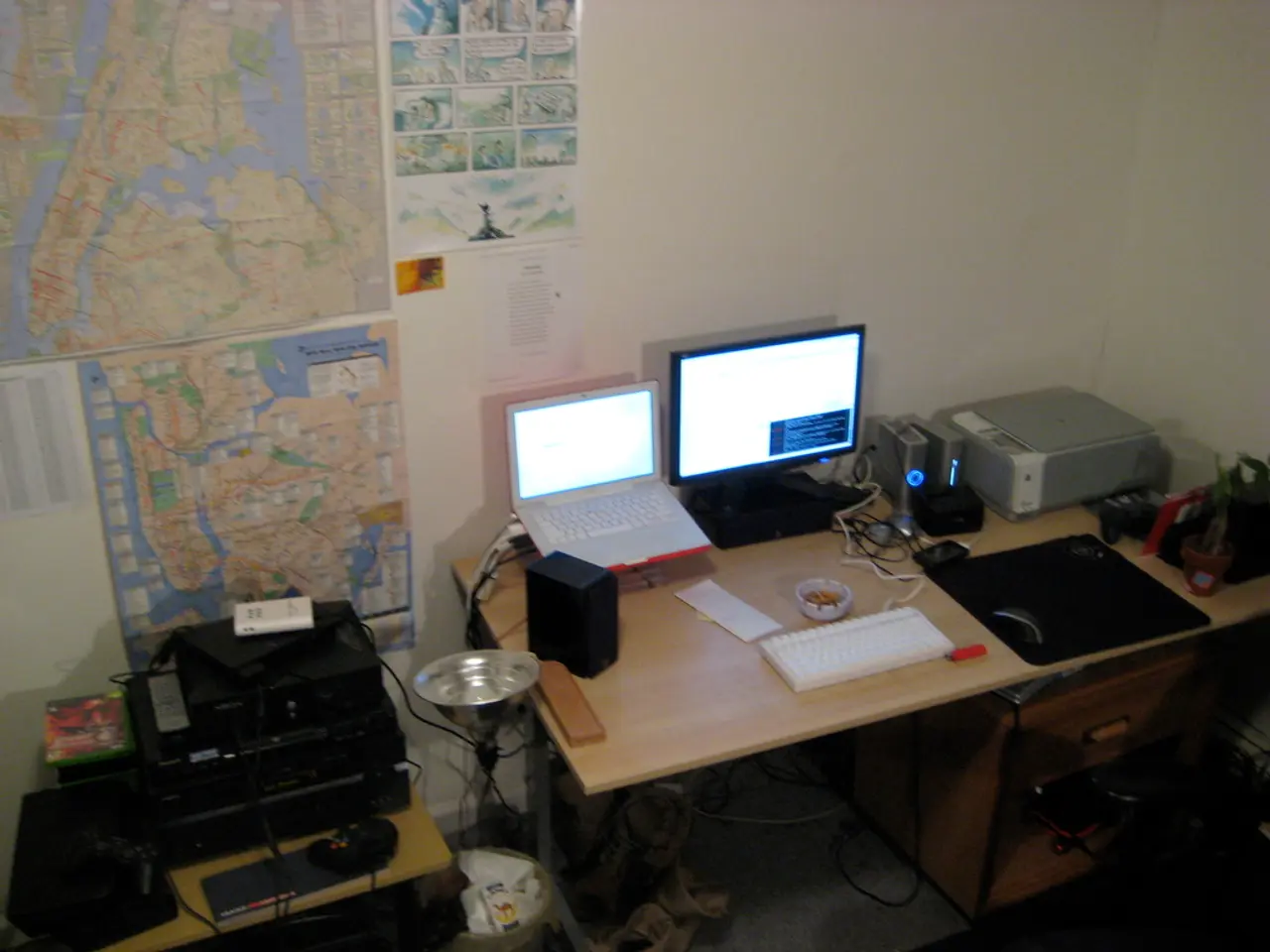Honda's pioneering Global New Energy Vehicle (NEV) production facility commences operation in China.
In a significant move towards electrification and intelligence, Dongfeng Honda has inaugurated its new electric vehicle (EV) plant in the Wuhan Economic and Technological Development Zone, China. The plant, Honda's first NEV facility globally, spans approximately 630,000 square meters and is expected to boost the company's annual capacity for electric vehicles to 120,000 units.
The new plant is part of Honda's broader strategy to transform its vehicle portfolio. Alongside the existing NEV plant, the opening of two new EV plants this year will mark a substantial capacity adjustment, reducing Honda's gasoline vehicle production capacity in China by 290,000 units. By 2035, all Honda models sold in China will be battery electric vehicles (BEVs).
The new plant will initially produce EV models, including the Lingxi L and the Ye S7. The Lingxi L, a pure electric vehicle with a 218-horsepower motor, was publicly referenced as available for order around June 2025. This model underscores Dongfeng Honda's push into the pure electric market segment.
Details about the Ye S7 model are currently scarce, with no specific information available publicly. Further official announcements from Dongfeng Honda or affiliated dealerships would provide more insights into the Ye S7 specifications and availability.
Dongfeng Honda's BEV lineup aims to reach 10 models by 2027, including the e:N series released in 2022 and the Ye series of models, expected in 2024. The company's ambition is evident, as it strives to adapt to the rapidly evolving automotive industry.
Honda's sales in China have experienced eight consecutive months of year-on-year declines, with 62,586 units sold in September. However, the opening of the new plant and the production of the Lingxi L and Ye S7 models are promising signs for the company's future in the Chinese market.
In the January-September period, Honda sold 588,018 units in China, marking a 29.27 percent year-on-year decrease. Despite the challenges, the company remains committed to its transformation towards electrification and intelligence, with the new plant in Wuhan serving as a beacon of this commitment.
- Dongfeng Honda's new electric vehicle (EV) plant, situated in the Wuhan Economic and Technological Development Zone, China, is a significant part of the company's broader strategy to transform its vehicle portfolio, reducing its gasoline vehicle production capacity by 290,000 units.
- By 2035, all Honda models sold in China will be battery electric vehicles (BEVs), and the company plans to offer 10 different BEV models, including the e:N series and the Ye series, of which the Ye S7 is expected in 2024.
- The new plant will initially produce two EV models: the Lingxi L, a pure electric vehicle with a 218-horsepower motor, available for order around June 2025, and the details about the Ye S7 are currently scarce.
- With the rapid evolving automotive industry in mind, Dongfeng Honda aims to adapt its ambition by striving to meet the market demand for electric vehicles (EVs), as demonstrated by the opening of its first NEV facility globally.
- Honda's sales in the Chinese market have faced eight consecutive months of year-on-year declines, with 62,586 units sold in September, but the opening of the new plant in Wuhan and the production of the Lingxi L and Ye S7 models serve as promising signs for the company's future in the Chinese market.
- The new plant is expected to boost the company's annual capacity for electric vehicles to 120,000 units, demonstrating a commitment to China's electric vehicle market, energy production, and the transportation industry by leveraging finance and advanced technology.




